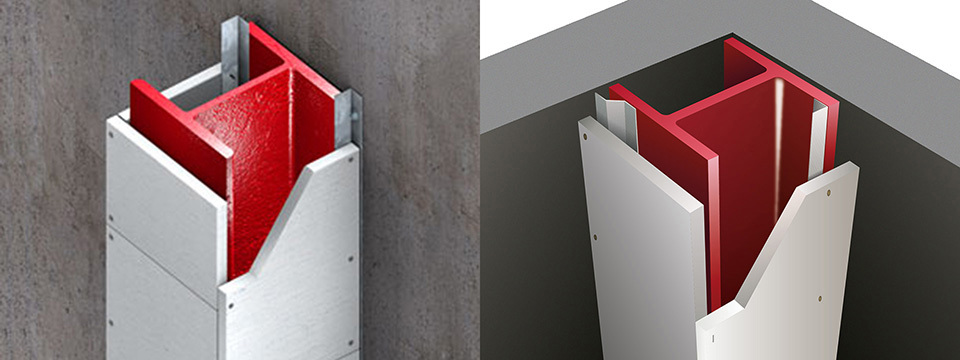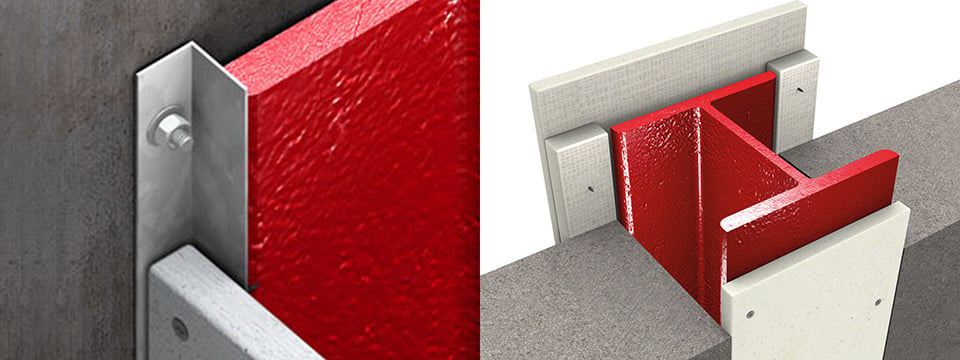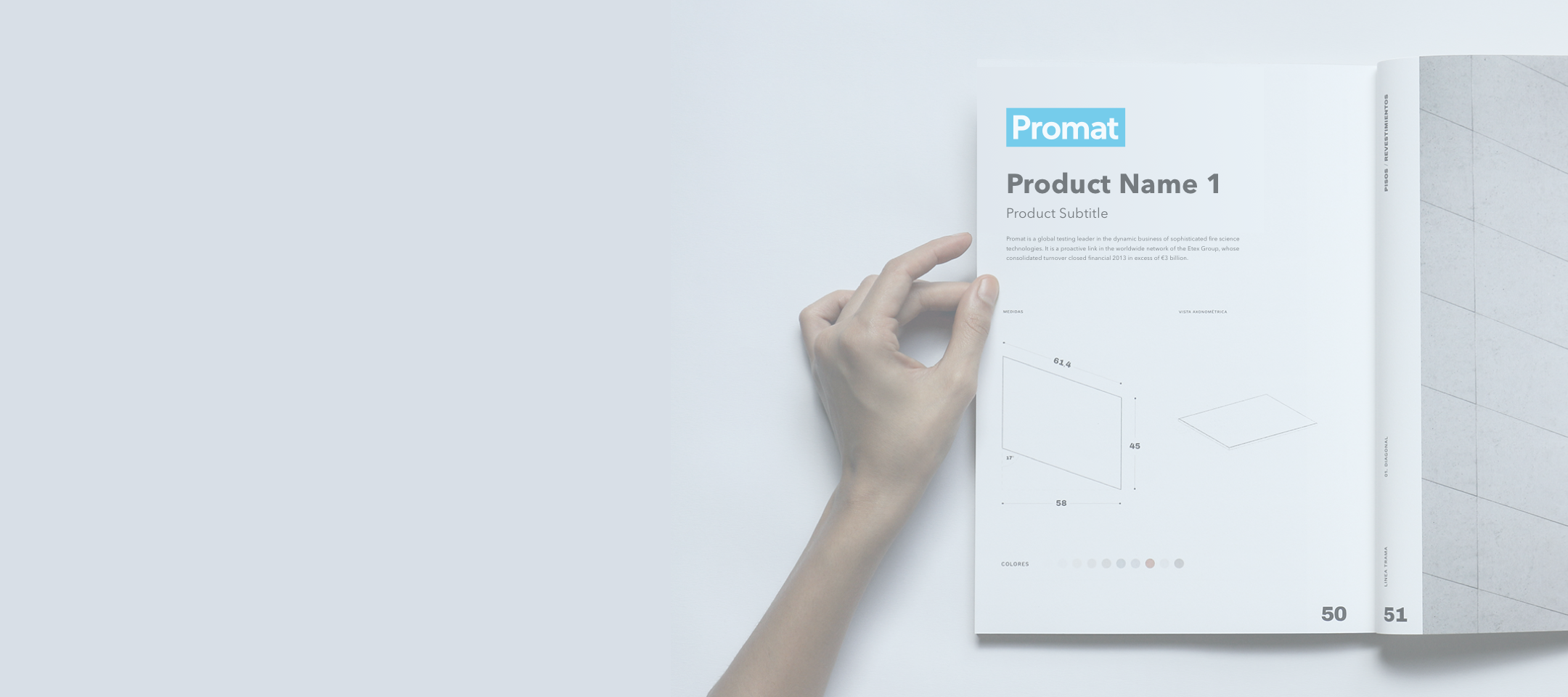When determining the contribution that a passive fire protection system provides to the fire resistance of a steel structure, standardised test methods are used. In those tests, the focus is primarily on beams and columns. Beams are covered on the top by a floor slab, so the fire exposure is on three sides (left, right and bottom). Columns are exposed on all four sides. The test is followed by an assessment that provides fire protection thicknesses in tabular format, as function of the critical steel temperature, the required fire resistance and the section factor. In Europe, the applicability of those thickness tables is formally limited to only three and four sided fire exposures.
However in some specific cases in buildings, steel elements will be only exposed on one or two sides.
For example, if a steel beam is integrated in a concrete floor, only the bottom flange is exposed to the fire. In this case, it is a common practice to calculate the section factor based on the actual exposed surface and the part of the steel volume that is expected to heat up most. However, apart from the thermal effects that are considered by determining the section factor, also the fixing of the fire protection material will often need to be different than in the three and four sided situations that have been fire tested.
More complex situations occur for example when a steel column or beam is placed directly against a wall, or even against two walls (in a corner), which will partly shield the steel element. In this case however, one should also consider the behaviour of the wall during fire, because if the wall collapses or deforms differently from the steel element, it no longer provides protection.

And finally, steel columns can also be partly or fully integrated into a wall, which will require a very thorough analysis of the combined behaviour during fire of the wall, the column and the fire protection system.

In such situations, it is the smallest detail that can make a massive difference. Testing of all one and two sided solutions is hardly feasible because an infinite range of situations may occur in practice. For this reason, a safe solution depends on technical knowledge and experience from fire tests.
In Europe, the acceptance of fire protection solutions for one and two sided exposure varies per country, based on local approvals and/or on national building traditions. Experts from Promat are well placed to provide you with technical advice based on the specific situation of a building and local regulations.

